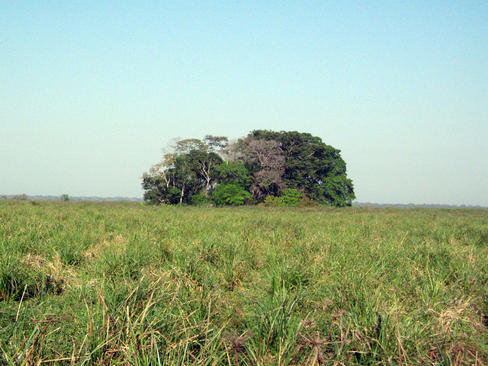BLORA, - Tim Occupational Goa Kidang Yogyakarta
Archaeological rediscovered prehistoric human skeleton in Goa Kidang,
Kudus, Central Java. Of the three findings, the research team sharpen
Homo sapiens care ordinance and bury the bodies in a karst cave.
Goa
Kidang located in the karst region Kendeng Mountains North which is
about 35 kilometers from the city Blora. Goa is a karst mountain niche
as deep as approximately 15 meters from the ground surface karst hills.
To get into the cave, must be down the trail.
Goa Chief
Occupational Pattern team Kidang Yogyakarta Archaeological Beautiful
Asikin Conscience, Tuesday (08/27/2013), said third skeleton was found
in a curled position. Currently only visible part of the hand and back.
Last year, the team found a skeleton in a similar position as well.
From the test results of carbon, estimated age of 7770-9600 three-year
framework.
"They use a karst cave in the mountains, North
Kendeng Mountains, as a residence. In the same place we found the burial
ritual and technological aids to make hunting and gathering, "said
Lovely.
According Beautiful, Goa prehistoric ritual human
burial Kidang very interesting. They know about life and death that
symbolized the burial facing west or sunset position.
They also know how to care for the body system. Around their skeletons, the team found crushed limestone and mussel shells.
"In addition, they put the body in a position folded or curled, like a baby in the womb," he said.
The findings of prehistoric man was also open to new knowledge about
prehistoric human intelligence. Goa man Kidang make hunting and
gathering tools with more advanced technology compared with the findings
of other species Homo sapiens.
"They make equipment of
material shells and animal bones are shaped and sharpened with a stone
tool. They also make eye arrows made of bone, "said Lovely.
Head of Cultural Department of Transportation, Tourism, Culture,
Information, and Communication Blora Suntoyo said, the government has
made finding the location of a protected area cultural . Government and
local communities have been asked to keep the prehistoric relics.
"Previously, in Blora many ancient animal fossils and prehistoric
humans Homo soloensis. Human invention Kidang Goa is expected to enrich
the knowledge of ancient and prehistoric human journey, "he said.
(HEN / COMPASS) Editor: Yunanto Wiji Utomo
fathia.info/













